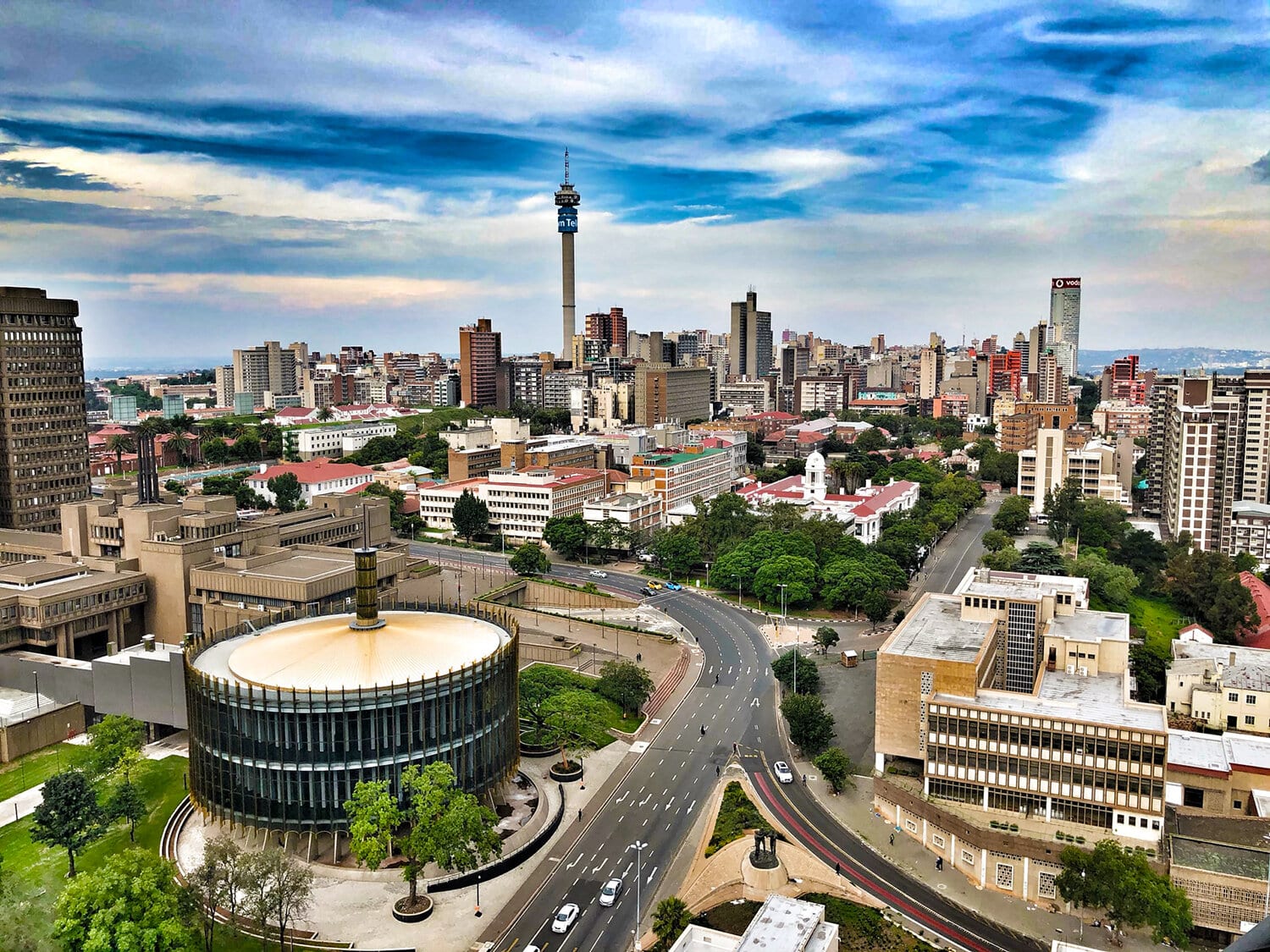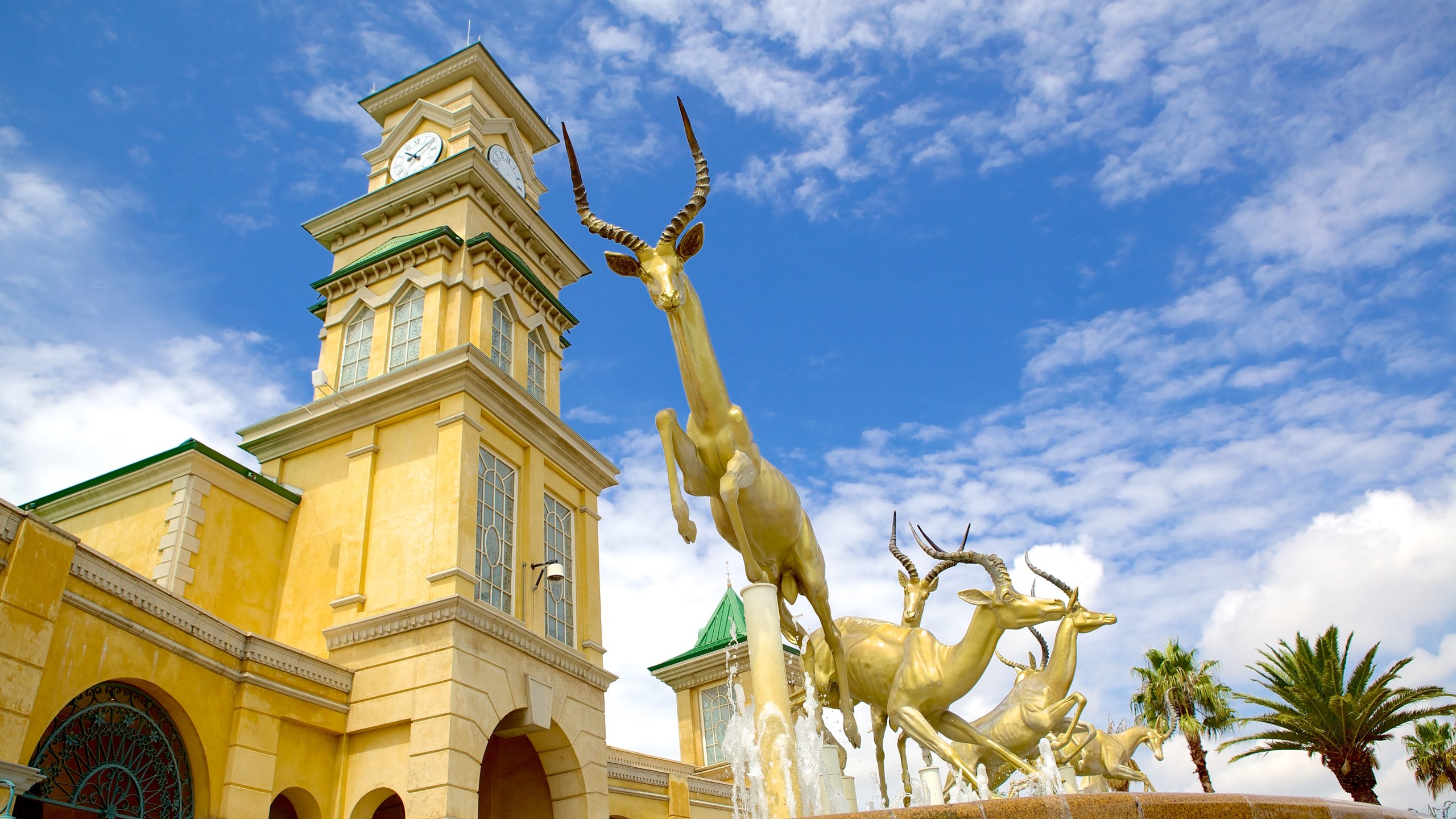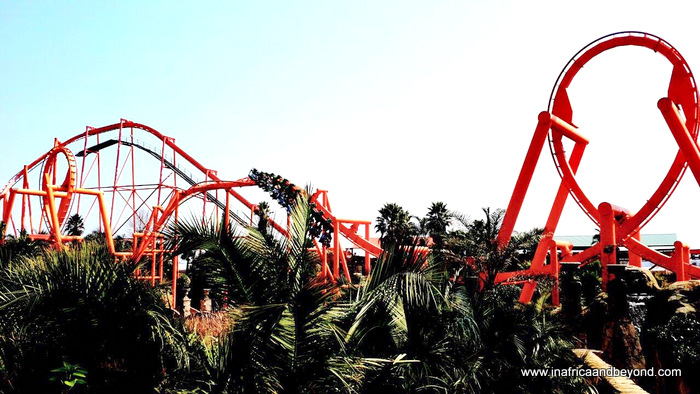The Ultimate Guide To Johannesburg North Attractions
Little Known Questions About Johannesburg North Attractions.
Table of ContentsThe smart Trick of Johannesburg North Attractions That Nobody is DiscussingThe Ultimate Guide To Johannesburg North AttractionsA Biased View of Johannesburg North AttractionsJohannesburg North Attractions - QuestionsThe 5-Second Trick For Johannesburg North AttractionsThe 9-Minute Rule for Johannesburg North AttractionsJohannesburg North Attractions Can Be Fun For Everyone
You must maintain safety and security in mind and visitors have to remain alert at all times when in unknown environments. Talk with the citizens when you remain in town to discover out concerning the area you are remaining in. Johannesburg North attractions. When on the road (this doesn't apply to shopping center and various other protected settings) ideal general suggestions is to try your best to appear like a neighborhood and to stay clear of displaying any type of kind of wealth
Get This Report on Johannesburg North Attractions
Professor Revil Mason O. J. (Thomson, 1946) discovered the Witwatersrand's pre-colonial background. His historical work exploded the 'em pty land' myth, according to which the region was empty of human habitation before the arrival of European inhabitants. In his magazines Prehistory of the Transvaal: A Document of Human Activity (1962) and Origins of Black People of Johannesburg and the Southern Western Central Transvaal AD 3501880 (1986 ), Professor Mason demonstrated the degree of social and financial growth in the location prior to Europeans established foot below.

Johannesburg North Attractions - Questions
In 1878, David Wardrop discovered gold in quartz blood vessels at Zwartkop, north of Krugersdorp. In 1881, Stephanus Minnaar came across gold on the farm Kromdraai, near the Cradle of Humankind.
In March 1886, an outcropping (soon to be called the Main Reef) was discovered, fairly fortunately, on Gerhardus Oosthuizen's ranch Langlaagte. Some claim that the Lancastrian coal miner George Walker discovered this reef. Another itinerant English prospector, George Harrison (who had formerly operated in Australian mines) gotten a prospecting permit in regard of Langlaagte in Might 1886.
He determined to carry on in a quest for greener fields, and disposed of his Langlaagte insurance claim for the baronial amount of 10. Alas: under lay the wealthiest goldfield ever before located. The exploration of this abundant auriferous reef provoked a gold rush that signalled the end of agrarian serenity in the southerly Transvaal.
It would, within six years, become the largest community in southerly Africa. Within a years, it would make the Z. A. R. until then an anarchical and insolvent little state the richest nation in Africa. By the turn of the century, the Z. A. R. was to surpass Russia, Australia and the United States of home America to come to be the globe's leading gold manufacturer, producing more than a quarter of the globe's gold.
Some Known Details About Johannesburg North Attractions
It was referred to as Ferreira's Camp, named after Colonel Ignatius Ferreira. He was a Boer traveler upon whom the British authorities had actually bestowed the condition of Companion of one of the most Distinguished Order of St Michael and St George (qualifying him to the post-nominal letters C. M. G.) in gratefulness for his function in the battle that had deposed the Pedi king Sekhukhune in 1879.
2 other camps were established: Meyer's Camp on the ranch Doornfontein, and Paarl Camp. The latter was nicknamed Afrikander Camp; many people from the Cape Swarm settled there.

Getting My Johannesburg North Attractions To Work
This name obtained currency by word of mouth, such that the State Assistant verified the name to the Mining Commissioner on 9 October 1886. Stands in the village were auctioned on 8 December 1886. While some stands were cost 10, others were knocked down for just sixpence.
Two years later on, these erven were to change hands for as high as 750 each. The tented camps dwindled as a dorp of corrugated iron structures established and increased north of the mines located along the Key Reef Roadway. Areas such as Jeppe's Community (where working-class immigrants erected their dwellings) and Doornfontein (where the wealthy new 'Randlords' started to create their luxurious homes) were quickly included in the ever-expanding map of the community.
Some Of Johannesburg North Attractions
Apart from the street names, there were no indicators of Johannesburg being situated in a Dutch-speaking country., nearly everyone talked English and also the Federal government slaves addressed one in English, unless they were first dealt with in the Taal (or Low Dutch)'.
Britain had an interest in guaranteeing optimal problems for gold manufacturing on the Witwatersrand, and that the gold was exported to London rather than Berlin a vital rendered all the more clamant by the Z. A. R.'s raising toenadering with Germany. Mine proprietors were on a clash with President Kruger, whose policy of monopolistic giving ins (typically approved to his cronies) avoided mining business from procuring products of products (especially dynamite) and work by themselves, less expensive terms
Excitement About Johannesburg North Attractions
In 1890, the Volksraad had limited the franchise to white males who had stayed in the Z. A. R. for fourteen years or longer, thus disqualifying the majority of the immigrants (who occurred to be the significant contributors to the fiscus). Frustration for the vote was a plain pretext for promoting a different try these out schedule; most uitlanders regarded themselves as momentary site visitors and had no purpose of remaining in the Z.